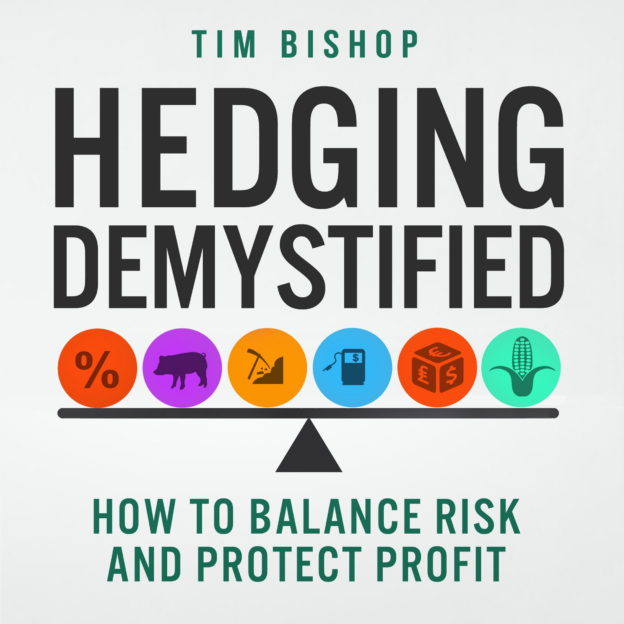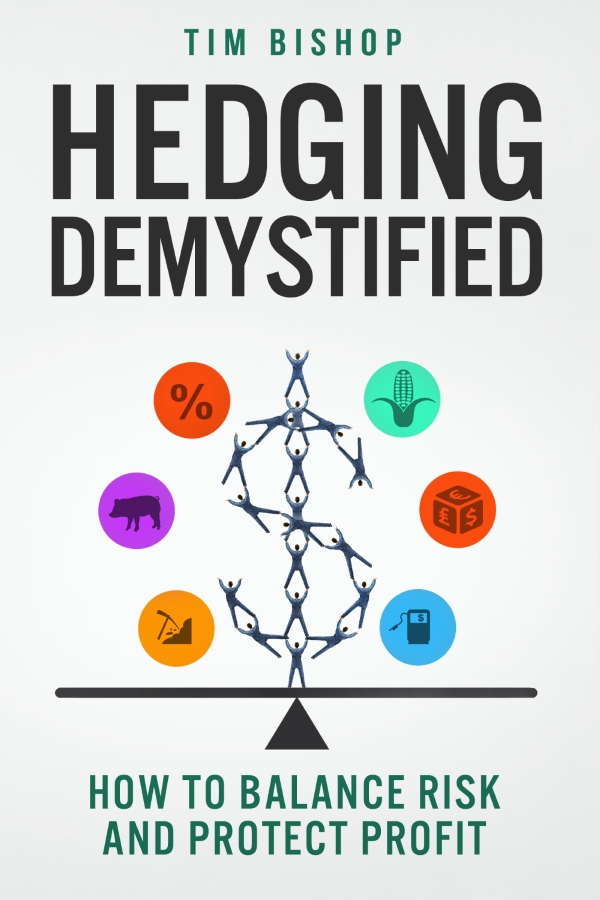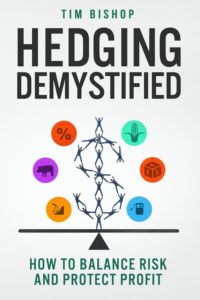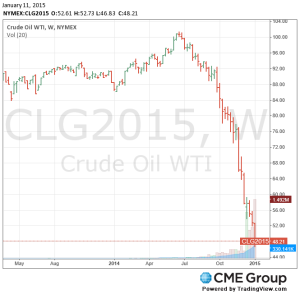 Hedging can be difficult enough for mature products. However, with some commodities, hedging issues may prevent you from even attempting to protect against price changes. Sometimes, you can add more risk to what you’re already trying to manage. For lack of a better term, I’ll refer to these hard-to-hedge products as “thin commodities.”
Hedging can be difficult enough for mature products. However, with some commodities, hedging issues may prevent you from even attempting to protect against price changes. Sometimes, you can add more risk to what you’re already trying to manage. For lack of a better term, I’ll refer to these hard-to-hedge products as “thin commodities.”
Recently, I tried to help an individual find a hedging solution for Bitcoin. That exercise proved fruitless for the same reasons that any new or otherwise thinly traded commodity may prove difficult to hedge. Here are five hedging issues for anyone who is seeking to protect thin commodities:
Issue #1: Counterparty credit risk
When hedging instruments increase in value, you must be able to collect the proceeds in a timely fashion. What is the financial wherewithal behind the counterparty to your trade, whether it be an exchange or a one-off trading partner? Up-front due diligence can help establish that the entity on the other side of your hedging position has the capacity to honor its commitment.
If you are dealing with an exchange, what procedures and safeguards does the exchange have making it likely that you can receive timely and full payment? If you have a dispute, how will you settle it, especially in an international setting? Note that some Bitcoin trading exchanges have already left investors holding an empty bag.
Issue #2: Insufficient liquidity
Futures markets need enough trade liquidity to allow for fair pricing and the ability to trade on short notice. Trade timing must be flexible enough to allow the hedger to trade his hedge positions simultaneous with “physical” deals on the index at risk.
When the hedger takes on risk with Bitcoin, for example, she must simultaneously enter a hedging position to oppose and thus offset the risk. The same holds true when the Bitcoin risk changes or goes away. In the cryptocurrency markets, this trade liquidity appears suspect at present.
Issue #3: Inadequate price correlation
Price correlation is a critical aspect of an effective hedge. Sometimes, however, a hedging instrument is a poor proxy for the price of the commodity or index it is designed to protect.
For example, the price of a futures contract factors in both current and anticipated supply and demand imbalances as seen by market participants. A future price of a commodity or index may differ substantially from current pricing for a variety of unpredictable and uncontrollable reasons.
In the case of Bitcoin, the market may still lack sufficient participation to provide pricing that truly reflects the marketplace and is devoid of significant manipulation by deep-pocketed speculators.
As an example, last week I looked at the price of Bitcoin futures on one futures exchange, Deribit. The Bitcoin contracts are quarterly (and three months may be too much time for a reliable price proxy on a hedged index). The price between the June and September contracts differed substantially. Today, when I compared those same contracts, they were close in value. So in the past week, those two contracts had poor price correlation. One of them changed much more than the other. And at least one of them would have been a poor price proxy for spot market Bitcoin.
Issue #4: Cash requirements
Many counterparties to hedging transactions will require margin (collateral) to protect their price exposure if their positions go against them. Often, however, they will not afford their trading partner the same treatment.
Understand and negotiate, if possible, the cash flow that may be required to hold your positions if the price of the hedging instruments goes against you. Presumably, that price movement will result in gains in the spot market. When you add this gain to your hedging loss, you are made whole. However, you may be unable to convert the gain to cash fast enough to pay for the loss on your hedging position.
Issue #5: Execution costs
Factor the cost of any trading, exchange, or margining fees into your hedging analysis. Make sure these fees are reasonable and do not leave you wishing that you had self-insured the risk.
Help is on the way
For additional explanation of related hedging issues, including the risks associated with hedging, the role of futures exchanges, and how hedge instruments work, check out my e-book on Amazon entitled Hedging Commodity Price Risk. It will help you understand hedging better and guide you through some relevant issues on your hedging program, no matter the commodity.
If I can be of service for any of your hedging needs or questions, please don’t hesitate to contact me via the contact form on this website or, if you prefer, through my hedging gig on Fiverr.





 Someone stopped by my
Someone stopped by my 
 Hedging can be difficult enough for mature products. However, with some commodities, hedging issues may prevent you from even attempting to protect against price changes. Sometimes, you can add more risk to what you’re already trying to manage. For lack of a better term, I’ll refer to these hard-to-hedge products as “thin commodities.”
Hedging can be difficult enough for mature products. However, with some commodities, hedging issues may prevent you from even attempting to protect against price changes. Sometimes, you can add more risk to what you’re already trying to manage. For lack of a better term, I’ll refer to these hard-to-hedge products as “thin commodities.”
